Faberge in London: Romance to Revolution is an exhibition of 200 exquisite Carl Faberge objets which opens on 20 November 2021 and runs until May 2022. What I didn’t know when I went to the V&A press show and found out after, is quite how closely linked Larissa Miloradovich of Milola Designs is to the Russian Imperial family. Not only were Larissa’s ancestors at the centre of Russian Imperial life but Shuvalov Palace, which was a pre Revolution family estate, now houses the permanent exhibition of Faberge in St Petersburg.
Russian Style
I have been nurturing a Russian Style blog in draft for a while – including Larissa’s Russian Costumes wallpaper (which has been favoured by Alexandra Tolstoy amongst others). But when I heard that the V&A had this once in a generation exhibition on Faberge, I couldn’t resist a Russian story any longer. The post has just taken a different turn from the one I thought I might write!

Russian style and culture has always captivated me. After the V&A press show I got in touch with Larissa (who now lives in Germany with her husband and 4 children) and whose wallpaper designs I have admired for some time to see if she would like to be part of a general post. Larissa kindly said yes but I was genuinely taken aback by what she told me.
Russian artistocracy
Larissa’s Russian artistocratic grandparents were at the heart of the Imperial Royal family. Her grandfather was Prince Yuri Troubetskoy who was head of the Kossak Personal Guard to Tsar Nicholas II and her grandmother was lady-in-waiting to both the Empress and the Dowager Empress.
Larissa’s grandmother was one of the party of Imperial family members and staff who escaped the Russian Revolution onboard HMS Marlborough with the Dowager Empress Maria Feodorovna. The ship was sent in April 1919 by the British Royal Navy on behalf of Queen Alexandra and King Edward VII to the Crimea to save Alexandra’s sister (the Dowager Empress Maria Feodorovna) and remaining family members. A royal family tree at the V&A exhibition illustrates how closely related the British, Danish and Russian royal families were at this time.
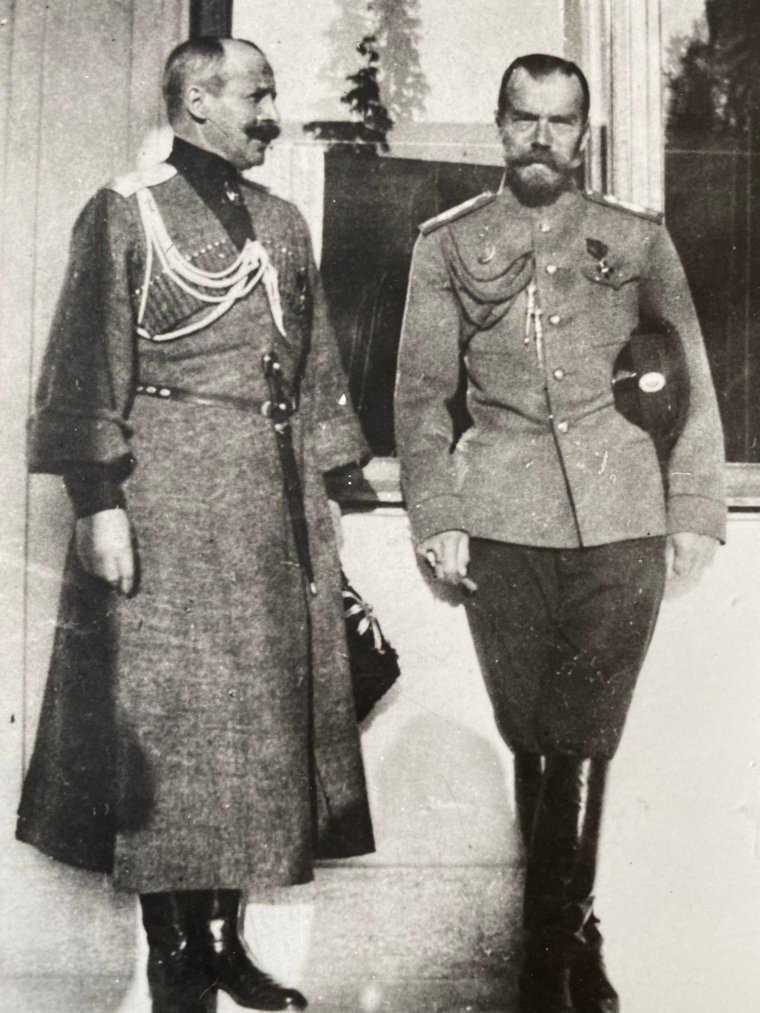


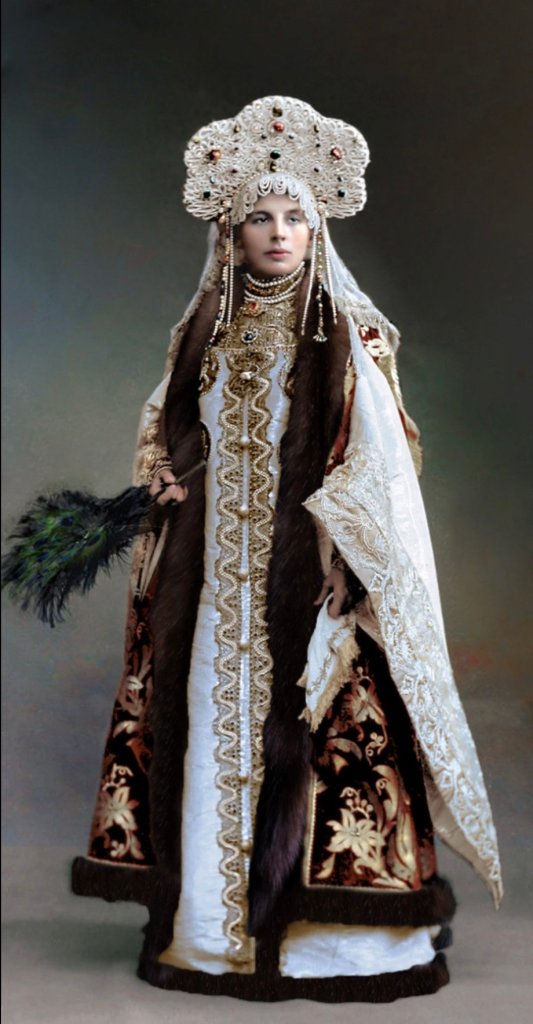
Russian Kokoshnik headdresses
“Kokoshnik headdresses can be traced back to the 10th Century and then went in and out of fashion in society, though remained a traditional costume for folk dancers in performances. Kokoshniks then became very much en vogue in the last centuries when they were worn during ceremonies at court and fashioned into tiaras, and the most fabulous versions were seen at the famous St Petersburg Ball,” says Larissa.

Russian emigrees in Paris
“My family were lucky, in that although they lost absolutely everything in Russia, they did already have a town house in Paris which was filled with beautiful things and served as a family base. It was sold off when money became tight, which further served to support the family and educate the children.
I remember my own mother telling me after a visit that she made to Paris in 1968 that she had met a Russian Emigre and Larissa says: “There were loads, because they all spoke French as a first language in Russia, and they did like to settle in Paris! Many of them became taxi drivers there and were famous for being very elegant, polite, speaking many languages and rolling out their silverware in the taxi canteen!”
“I was born in Paris where there used to be a large emigre community. Every Sunday after mass in the Russian Alexandre Nevsky Catherdal in the 8th arrondissement, there would always be a gathering of the emigre families which mainly included drinking vodka and eating zakuskis. To this day my aunt lives overlooking the church in Paris, and gatherings continue to take place.
“We then moved from Paris to London and then Brussels as a family and there was always a core of Russian emigre relatives in every city that we frequently saw. I suppose the Russianess growing up was that there was an icon in every single room of the house. Religion (the Orthodox Church) played a big role in our lives, and the door was always open for any distant cousins or a cousin’s friend to give them a meal and a bed if they needed one.
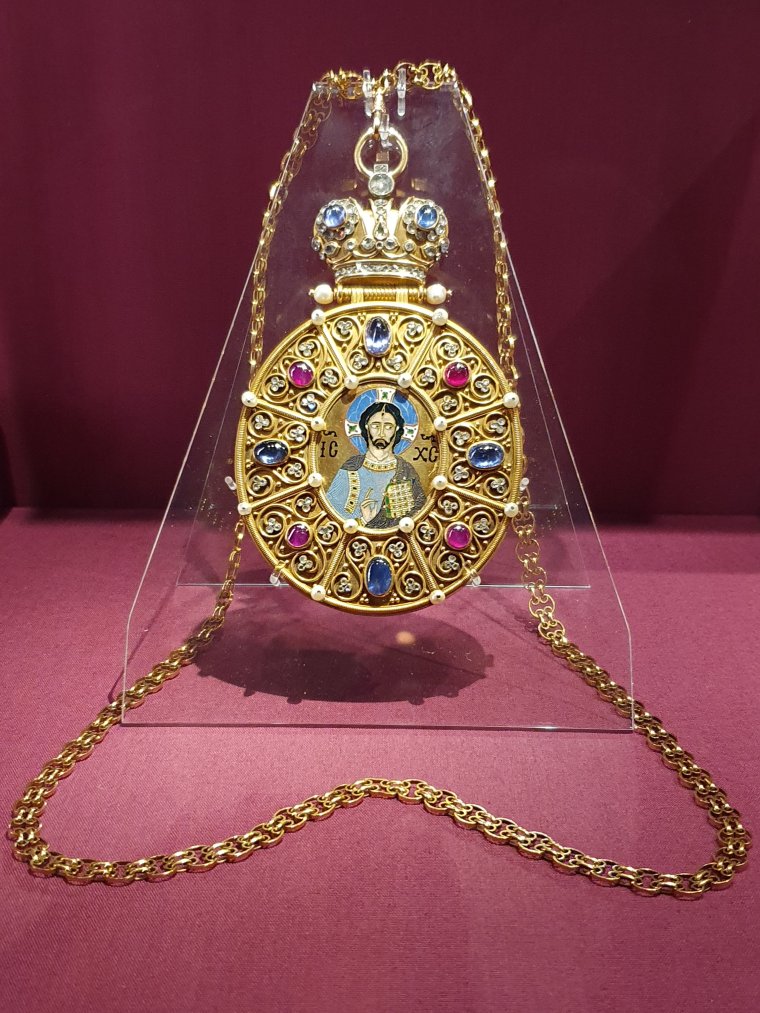
“There was a strong sense of hospitality, and any opportunity for celebrating was jumped upon immediately (usually involving vodka and zakuskis – whatever time of day). Dinners often ended up with someone showing off their singing or balalaika playing skills, and I would as a young child go to sleep under the dining room table, because it was much more interesting and fun there than my bedroom.
A typical Russian emigre’s house
“A Russian emigre’s house typically had walls covered in pictures from ceiling to floor. I’m not sure if that was to do with downsizing… but it was definitely a thing that I grew up with which I ran away from when I first had my own home – but I am slowly crawlilng back to and embracing that style!”
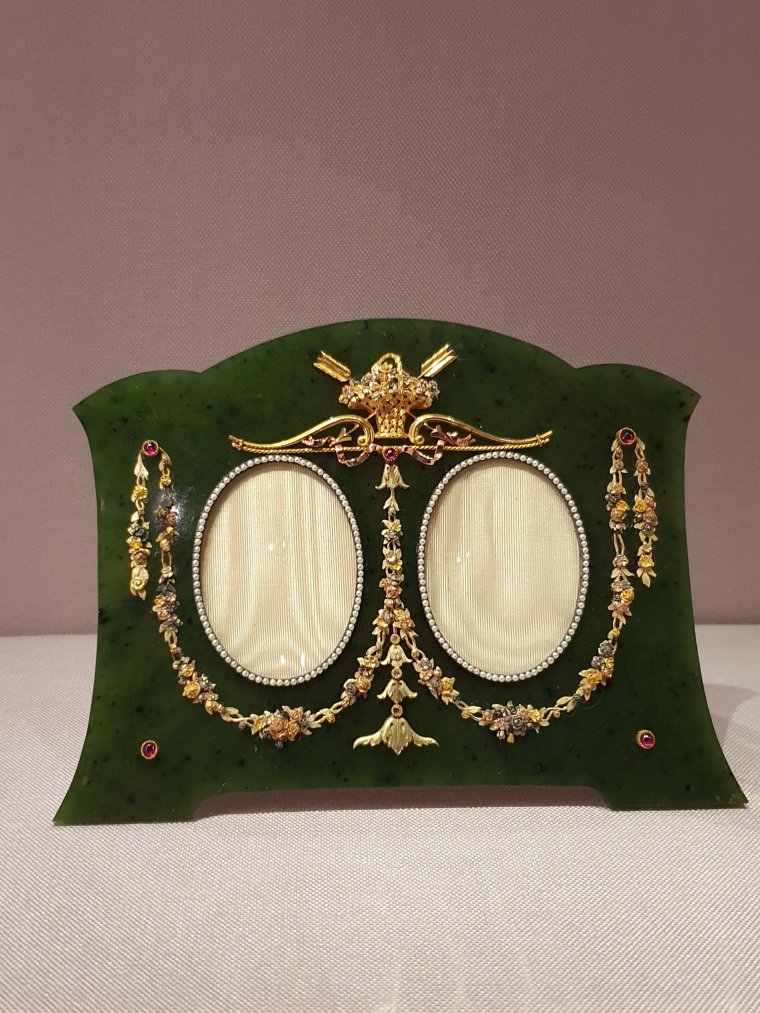
Return to Russia
Larissa says, “I went off to study in Moscow in 1992 and ended up working there organising exhibitions. It was fascinating for me to get to know the country my grandparents had fled from. I lived not far from the city residence that belonged to my great grandfather’s family where there are now about 60 apartments but you can still see some family portraits in the ground floor rooms that survived as they were worked into the walls.”

On the money
“I find it quite amusing because my 3 x great uncle, General Count Miloradovich has found his way onto a 2 ruble coin! He was a famous Russian General who was killed during the Decembrist uprising in St Petersburg in 1825. He apparently was very courageous, had quite a character and was much loved. There are songs and movies about him in Russia today.”
Faberge in London exhibition at The V&A
Faberge in London looks at the importance of the British market to Faberge and why London was chosen as the only store outside of Imperial Russia (173 New Bond St). There are so many fascinating and beautifully hand crafted objets including slightly grittier ones such as hand grenades designed by Faberge as part of the First World War effort.
The grand finale is a room at the end of the exhibition which displays 15 Imperial Faberge eggs, 3 of which haven’t been seen in the UK before. Again, extraordinary to think that Larissa’s grandmother who as lady-in-waiting to the Empress and the Dowager Empress would probably have been familiar with these personal objects.


If you manage to get to the exhibition, don’t forget to visit the V&A shop (so many great present ideas) which has lots of Christmassy Faberge baubles and sparkly fin de siecle head dresses! Or you can buy online.
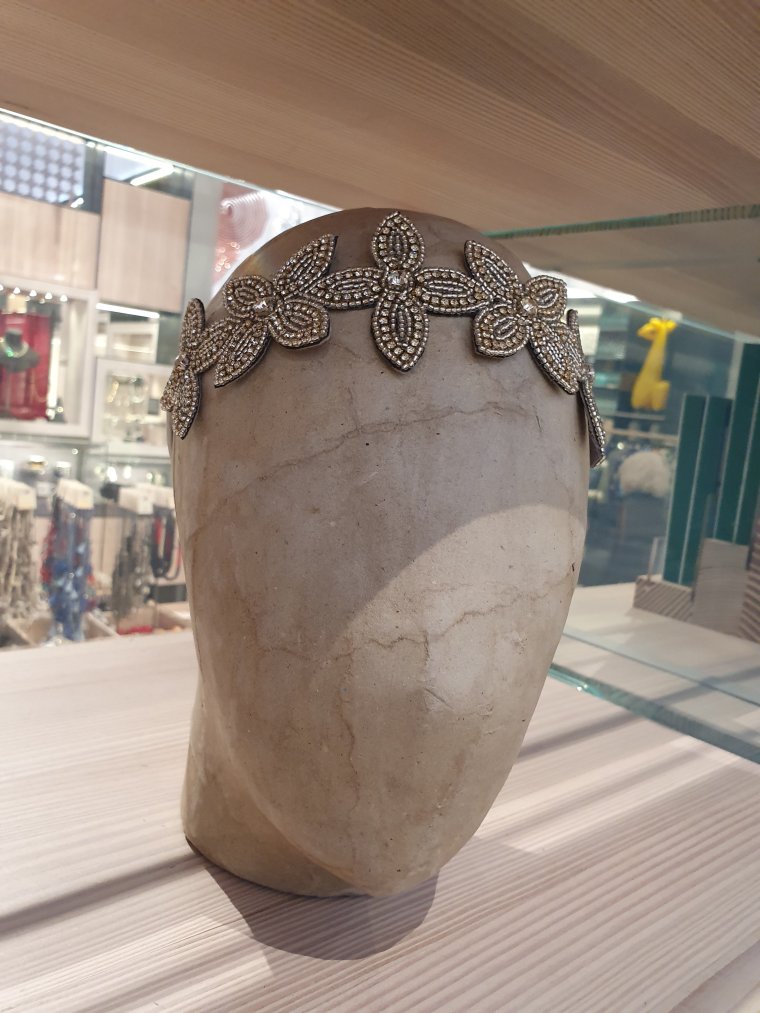
Thank you
Thank you so much for reading and to Larissa for sharing her story with us. As I have mentioned before, I just love it when a wallpaper or textile design has a story behind it, and this one has made my week!
Milola Designs are available through The Fabric Collective in London.
The bedroom image in the headline collage is a hotel near Rostov-on-Don in Russia called Old House.
With best wishes,
Charis x


How fascinating. Just love the clothes and family portraits. Great blog Charis x
LikeLiked by 1 person
Thank you so much Elaine. It is quite a story isnt it. Xx
LikeLike
Such a fascinating blog and wonderful Russian portraits of Larissa’s family ancestors. I am so glad that you were able to illuminate this back story to the wallpaper designs. A great read Charis! x
LikeLiked by 1 person
I am so glad you enjoyed it Sally and many thanks for the introduction to Larissa! x
LikeLike
I just love this! Russian Costumes wallpaper is amazing.
LikeLiked by 1 person
Thank you so much Rachel. The wallpaper is very special.
LikeLike
Wow! I cannot believe I missed this blog in November and I’m so glad I noticed it this pm. Larissa’s family history is absolutely incredible. And to have ended up working so near her great grandfather’s house must have been so poignant. I saw the Faberge in London exhibition last week and absolutely loved it. Quite exhilarating to finally see these beautiful objects and I spent ages in the final room! X
LikeLike
I am so pleased you got to see the exhibition. I loved it and then to find out after it how closely Larissa’s family was connected was wonderful. Cx
LikeLike